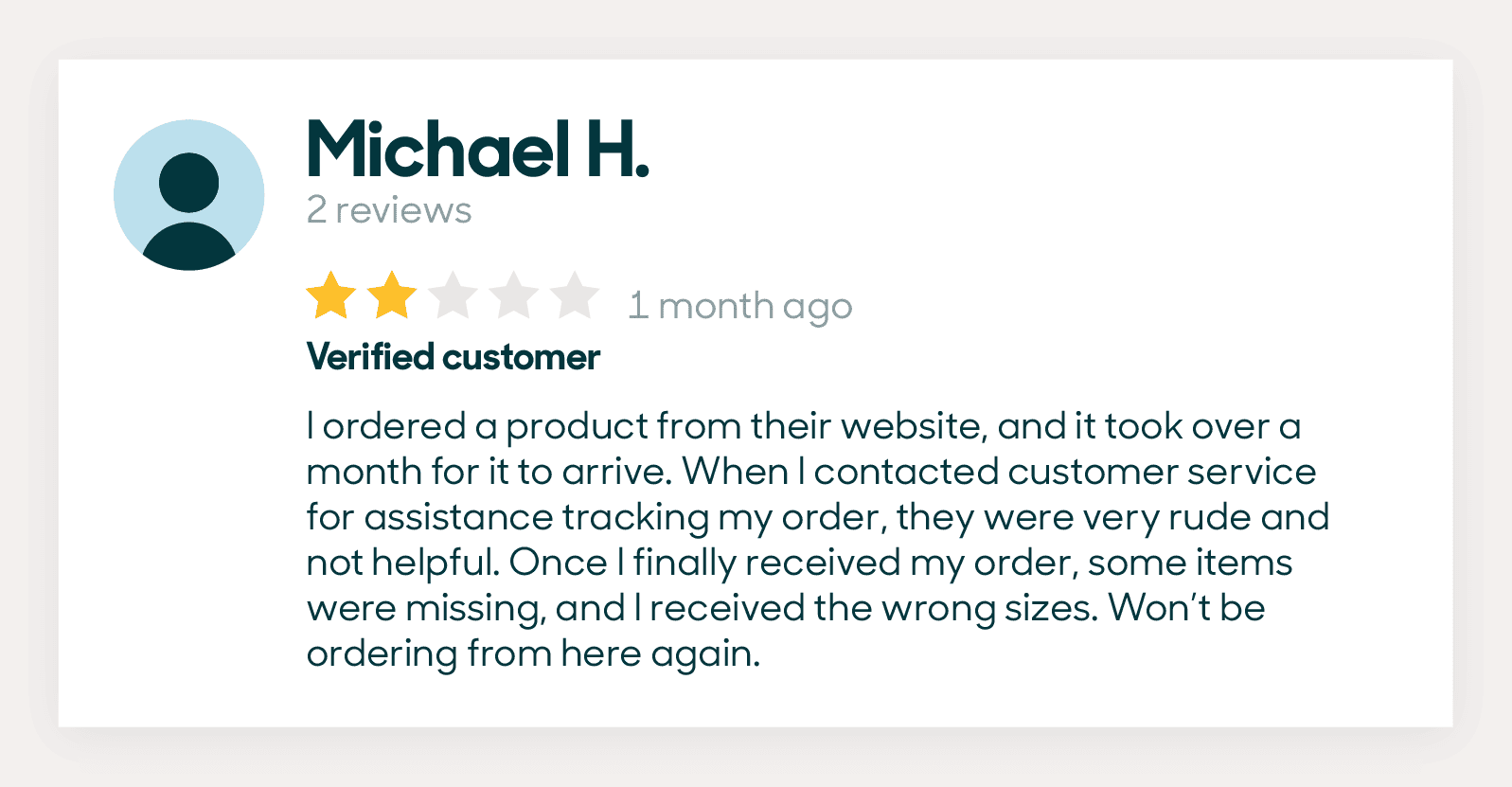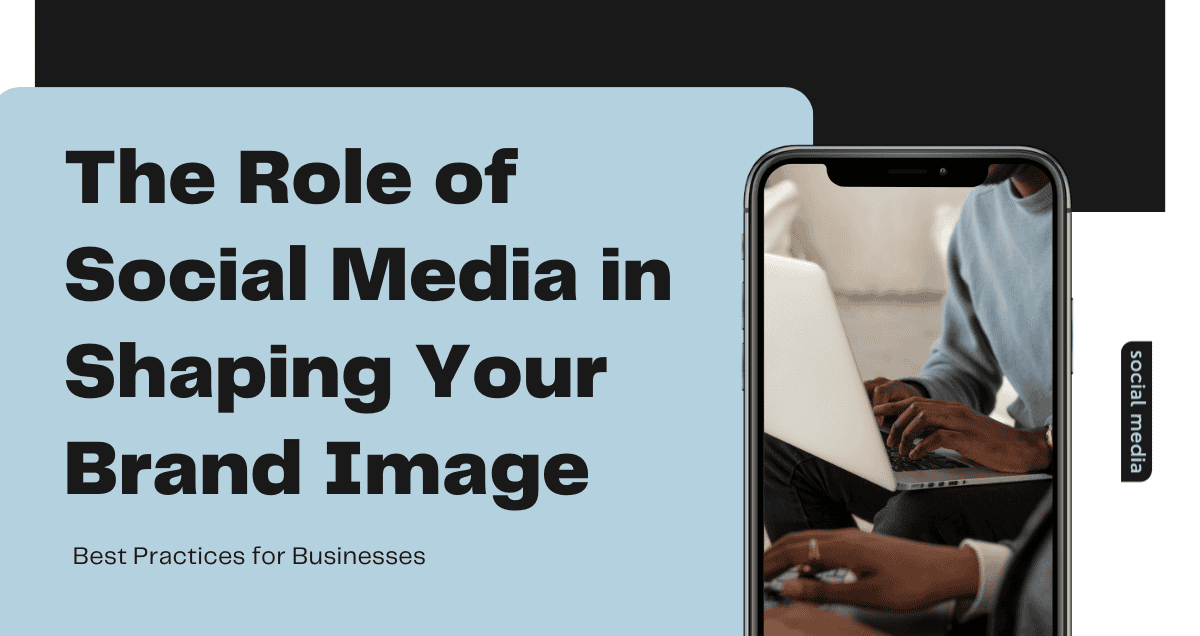Social media is no longer just entertainment. Facebook and other platforms shape consumer behavior, purchase decisions, and spending habits. Naturally, companies leverage this phenomenon to gain exposure and expand their reach. You, too, can use social media to build and grow your brand.
First, consider how you’ll introduce your products and services to the market. One option is to set up your storefront or landing page with a website builder. In both cases, you should choose a user-friendly platform that guarantees the easy and quick establishment of a digital asset without needing prior knowledge. After that, develop a cross-platform marketing strategy that incorporates social media, website promotion, paid advertising, and more.
For example, you can use social media to connect with potential customers—and earn their trust. When they are ready to buy, send them to your website to close the sale. Or use your site as a source of information for your social media followers. Share expert tips, how-to guides, demo videos, and other resources.
Ready to give it a try? Here’s what you should know about the role of social media in branding and how to maximize your reach.
How Social Media Impacts Brand Marketing
In a 2023 survey, 86% of business professionals agreed that social media generates brand exposure. Around 76% said it drives website traffic, which can bring in more customers and sales.
Another commonly cited benefit was increased fan loyalty. This aspect alone can enhance brand awareness and help establish your credibility.
Take customer reviews, for instance. The feedback left by customers on your Facebook page serves as social proof. If it’s positive, it can help you build trust with potential buyers and drive brand recognition.
Consumers use social media to discover products and services, find information, or engage with brands.

By putting yourself out there, you can attract, nurture, and convert prospects into buyers. It’s also an opportunity to position yourself as an industry expert and stand out from the crowd.
However, just setting up a Facebook or LinkedIn page and sharing content every now and then isn’t enough to get results. You must also engage with your audience, create a publishing schedule, and provide value at every touchpoint.
For starters, try these strategies to fine-tune your social media efforts.
Humanize Your Brand
Humans are social creatures: they want to bond with other people and build genuine connections.
This need for interaction isn’t limited to personal relationships. Consumers also want to bond with their favorite brands and feel understood by them.
With that in mind, put in the time and effort to give your brand a human face. Be authentic, share helpful information, and build rapport with your audience.
For example, you could host Twitter chats on specific topics. This would allow you to engage with customers in real time and answer any questions they may have.
Go one step further and let them look behind the scenes. Share a fun fact about your business or a personal story your followers can relate to. Talk about the mistakes you made or the challenges you faced as an entrepreneur.
These little things demonstrate transparency, making it easier to build trust.
Leverage Visual Storytelling

The human brain processes visual content 60,000 times faster than text. Additionally, visuals are more shareable and engaging.
With that in mind, post videos, images, slides, and other visuals on social media rather than text-heavy content. Use this approach to break down complex concepts into simple, digestible information and make yourself understood.
You can also share visual content to tell the story behind your brand and products. A good example is the clothing brand Patagonia, which uses visual storytelling to connect with its audience.
The company’s social media pages are filled with relatable stories in video format. These visuals capture real people in outdoor settings, creating immersive experiences. For instance, customers can see and imagine what it’s like to climb a mountain while wearing the brand’s products.
Let Customers Speak for Your Brand
As mentioned earlier, social proof helps build trust and credibility. So, why not let your customers do the talking?
Encourage them to leave testimonials, share their experiences with your brand, shoot YouTube product reviews, and more. Use their feedback to create case studies and gain a better understanding of their needs and wants.
Also, consider creating a referral program. With this approach, you’ll reward customers who recommend your brand to others. It’s a good way to gain traction on social media and increase brand recognition.
Another strategy is to invite customers to speak at your webinars or other events. By doing so, you’ll make them feel like they are a part of your story and create a sense of community.
Address Customer Reviews and Feedback

Like it or not, some consumers won’t be satisfied with your products or services—and that’s okay. What you should do is listen to and address customer feedback.
Say a customer leaves a negative review on your Facebook page. Ask them for additional information and see if there’s any way you can help.
For example, if they have experienced shipping delays, give them free delivery on their next order. In the meantime, try to find out what went wrong and take action accordingly. If several other customers have had the same issue, it may be time to change shipping carriers.
Don’t just ignore the feedback received. Instead, look into it and handle it in a professional manner. The customer isn’t always right, but it’s how you manage their complaints that matters—especially on social media or other public platforms.
Build Strategic Partnerships
Use social media to engage with industry experts and other key influencers in your niche. These professionals have an established audience, and consumers trust their recommendations. If you can get them to talk about your brand, you’ll reach more customers and gain exposure.
Let’s assume you sell fitness apparel. Team up with non-competitive businesses, such as gym chains or sports supplement brands, to help each other grow. Make sure they target the same audience as you.

For example, you could work on joint social media campaigns or co-author blog posts related to fitness and nutrition. Another option is to co-host virtual contests, challenges, or live workout sessions on Instagram.
If your budget allows for it, partner with athletes or celebrity trainers. Look into online platforms like IZEA, Grin, or Tribe to find social media influencers in your industry. This option involves higher costs, but it could put your brand in front of a global audience.
Get the Most Out of Your Social Media Marketing
Gymshark, Glossier, Ritual, and other top brands owe their success to social media. When they started out, they didn’t have extensive marketing teams or resources, but creativity and business acumen. You, too, can leverage social media to build and grow your brand.
The key is to have a strategy in place. Consider your target audience, the type of content they prefer, and how they interact with their favorite brands. Also, research your competitors to see what they do well on social media—and what you could do better.
Be genuine, consistent, and open to change. Diversify your content strategy, experiment with different platforms, and leverage visual storytelling to get your message across. Most importantly, connect with your followers on a personal level and make them feel valued.

